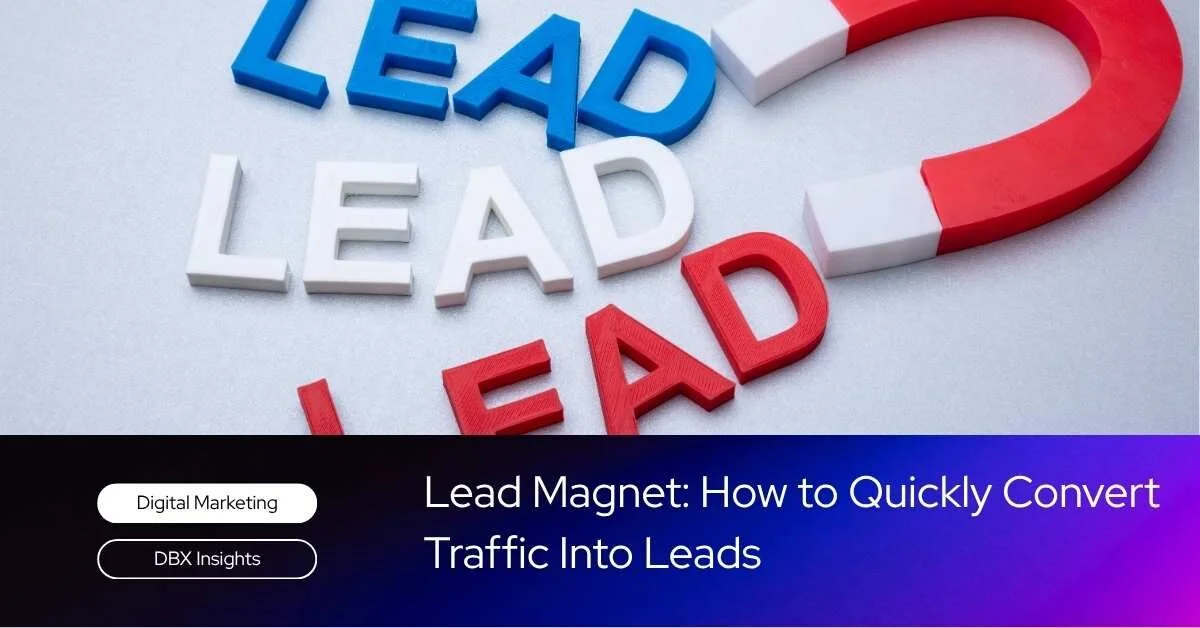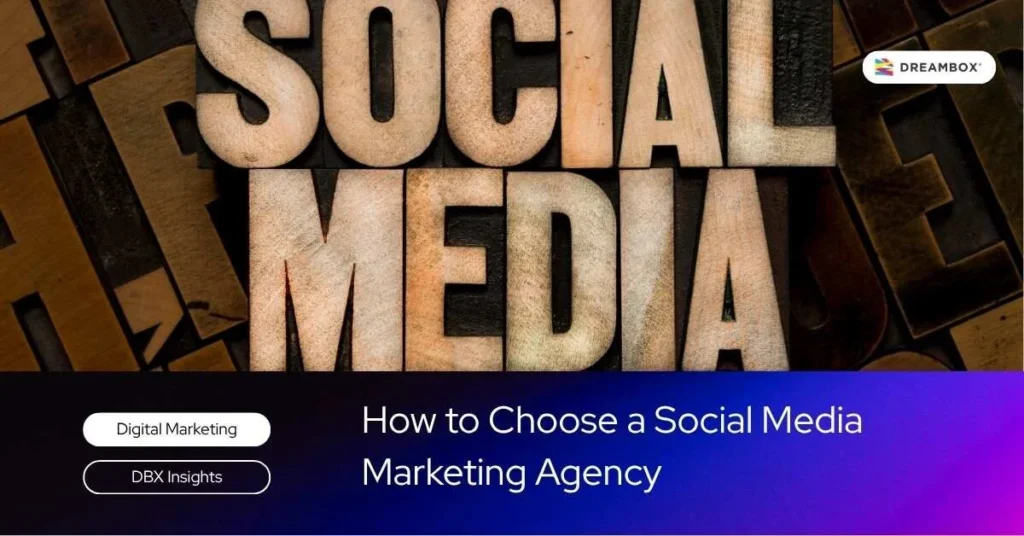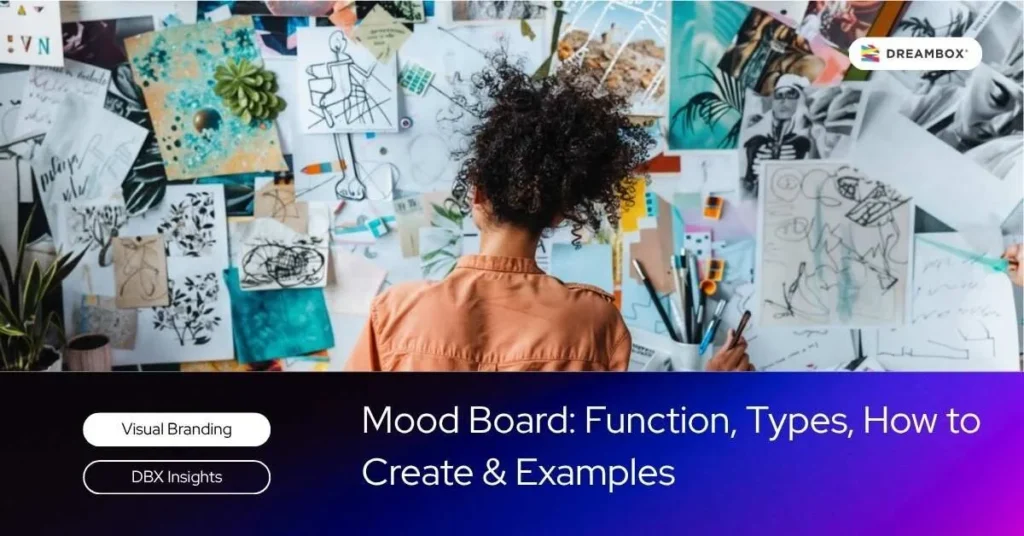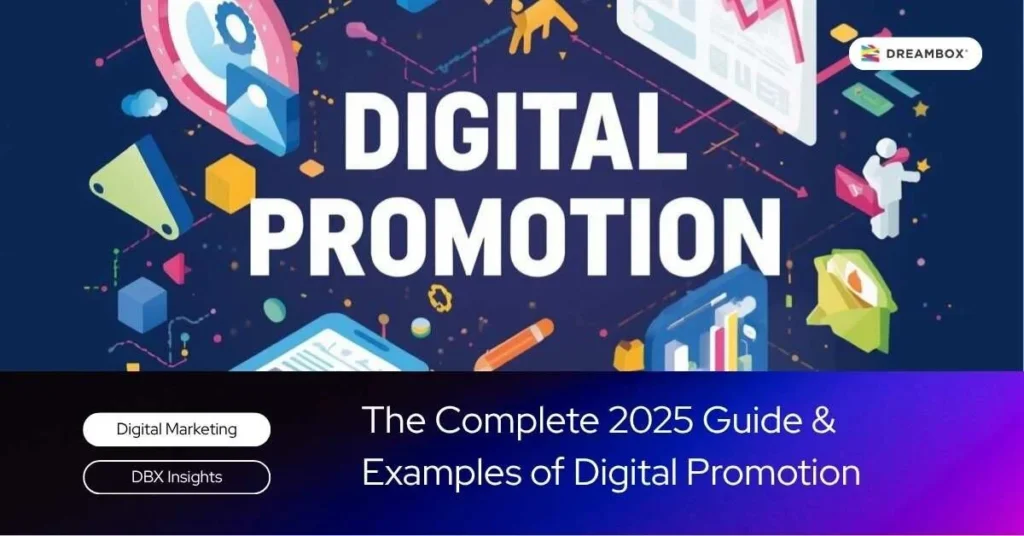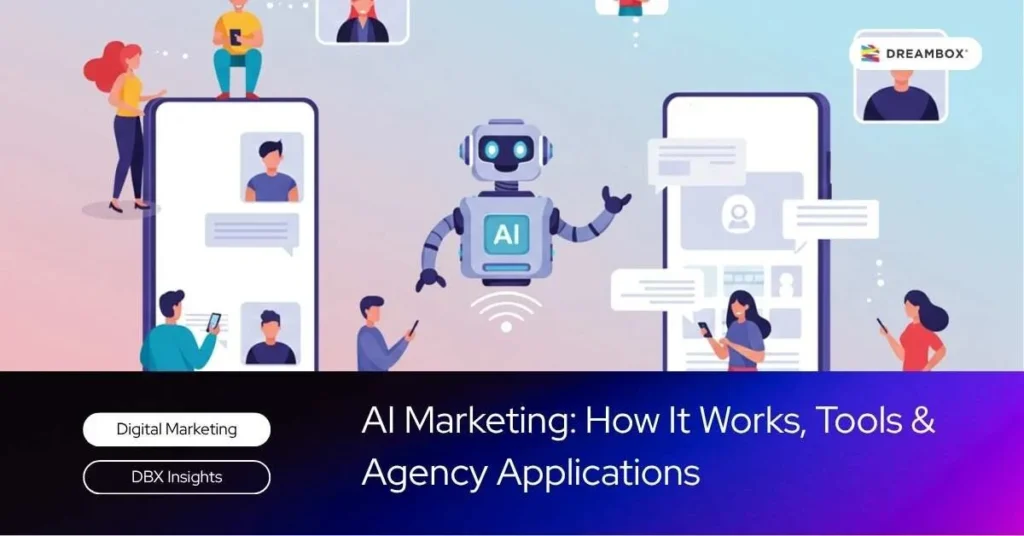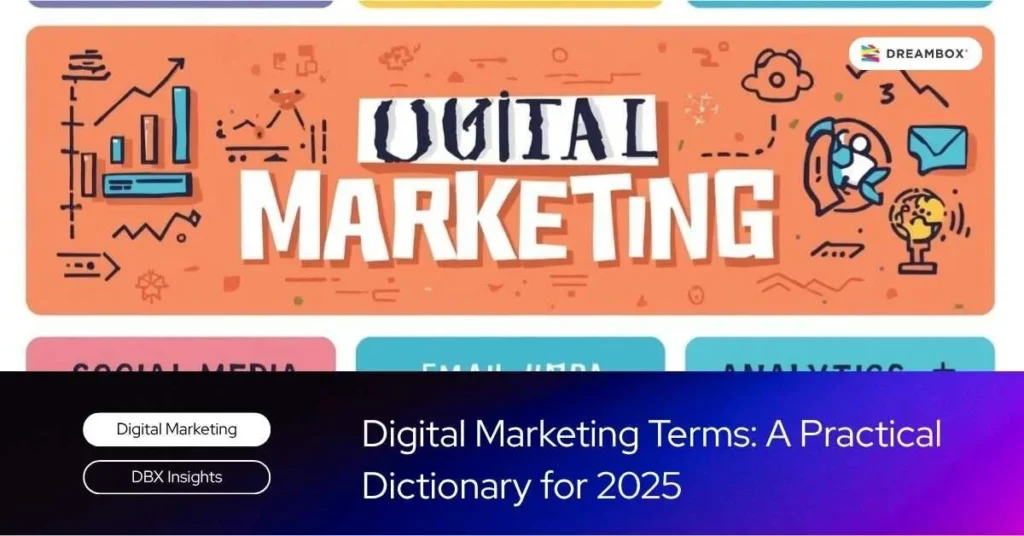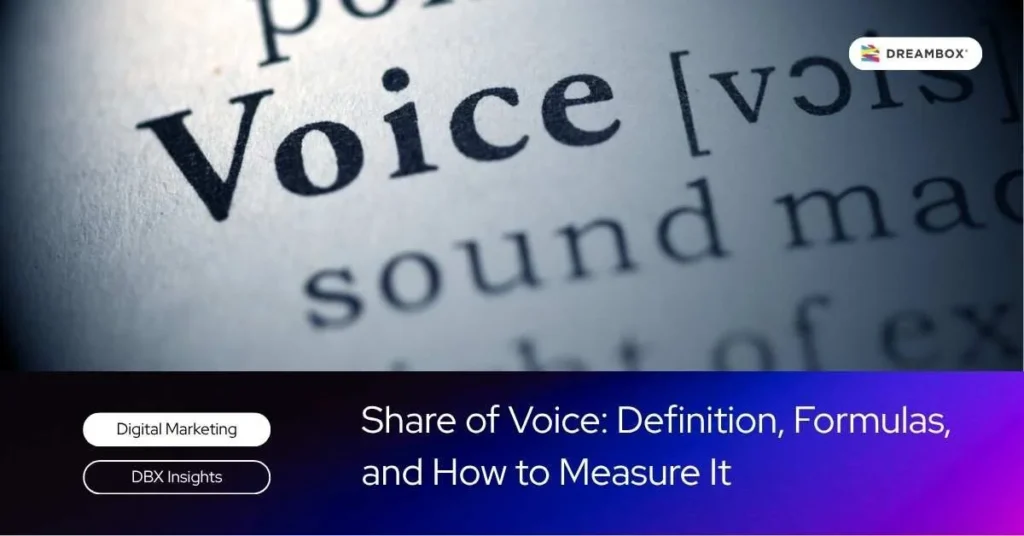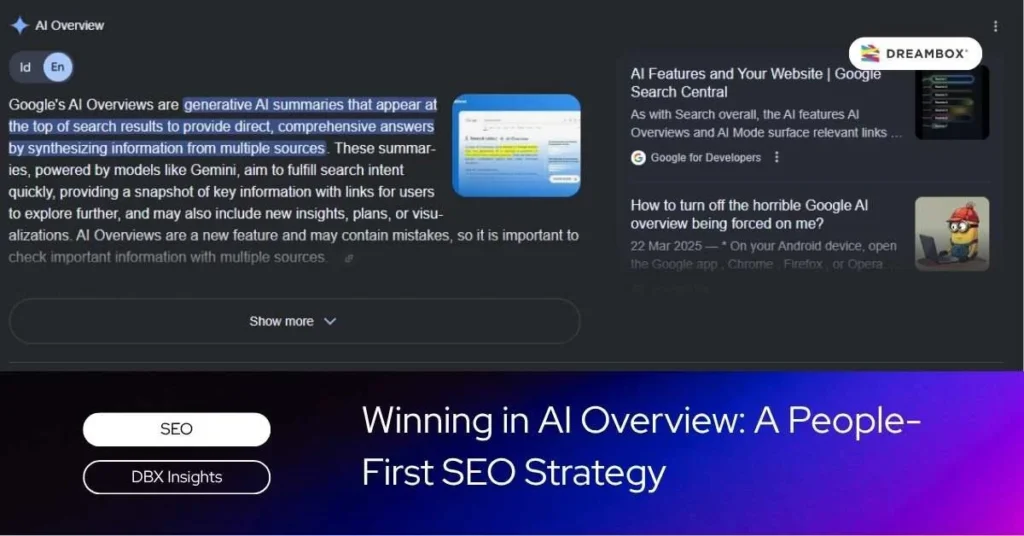In the world of digital marketing, turning anonymous website visitors into tangible prospects (leads) is a crucial challenge. One of the most effective strategies to bridge this gap is by using a lead magnet.
This article is a practical guide that discusses the definition, how it works, effective types, creation steps, and common mistakes to avoid so you can convert traffic into leads more quickly.
What is a Lead Magnet & Why is it Important
Brief Definition and Conversion Role
A lead magnet is a valuable incentive (e.g., an e-book, coupon, or free trial) that a business offers to obtain a prospect’s contact data, allowing for follow-up through further marketing and sales.
It helps turn anonymous traffic which might be gained from efforts to build brand awareness into leads that can be nurtured throughout the customer journey.
Difference Between Lead Magnet vs. Gated Content/Free Trial
A lead magnet refers to the “offer” itself, while gated content is the access format that requires a prospect to fill out a form before receiving the material. A free trial is one form of lead magnet common in the SaaS model. So, “gated” is the mechanism, “lead magnet” is the incentive, and “free trial” is one type of it.
Schedule a free 30-minute branding consultation session with our experts.
How a Lead Magnet Works (Brief Overview)
Value Exchange: Contact ↔ Benefit
The main principle is a value exchange: the prospect provides their email/name in return for a tangible, immediately useful benefit (e.g., a discount, template, or quick guide).
Flow: Click → Landing Page → Form → Deliver → Nurture
The common flow includes a click to a landing page, filling out a short form, automatic content delivery, and then followed by nurturing (relevant emails/offers) to encourage the next conversion.
The Most Effective Types of Lead Magnets (Choose What’s Relevant)
1. Ebook/Cheatsheet/Checklist
A benefit-dense format that is quick to read, suitable for practical, step-by-step topics.
2. Template/Toolkit/Content Calendar
Provides instant results and saves time, making it a high-conversion offer.
3. Webinar/Mini Course On-Demand
Effective for in-depth education, demonstrations, and building trust through interaction or recorded video. This video format aligns with the increasingly popular video advertising strategy.
4. Calculator/Assessment/Quiz
Interactive tools (e.g., an ROI calculator) provide personalized results and increase engagement.
5. Coupons/Samples for E-Commerce
Discounts or samples encourage prospects to try a product and accelerate purchase decisions, especially in online retail.
6.Context note: E-commerce often relies on coupons/samples, while SaaS companies commonly offer free trials or demos as lead magnets.
Practical Steps to Create a Lead Magnet
Audience Research & Key Pain Points
Understand your audience’s specific problems and informational needs so the offer is truly relevant and beneficial.
The Offer Formula: Specific, Fast, Valuable
Offer a clear result that can be felt immediately (quick win), with a measurable promise that meets expectations.
Concise Content Structure & Easy-to-Read Design
Use a concise format, clear hierarchy, and simple visuals so the benefits are easy to understand and implement.
Landing Page & Copy That Converts
Mandatory Elements: Benefit Headline, Bullets, Visual, CTA
Highlight the main benefit in the headline, use bullets for value points, show a visual mockup, and end with a clear CTA. Ensure the message is consistent with the offer.
Short Form: Minimal Fields & Privacy Policy
Minimize the number of fields to reduce friction, and explain how data is used to build trust. Transparency helps increase conversions and user comfort.
Distribution & Quick Promotion
Internal SEO: Blog, Resource Page, Internal Links
Place the lead magnet in relevant blog articles and resource pages, then support it with internal links to reach the right organic traffic.
Social & Community: LinkedIn/IG/TikTok
Promote value snippets (highlights) on social channels where the audience is active to drive clicks to the landing page.
Paid Ads: Meta/Google/LinkedIn Ads
Use targeted ad campaigns, like these examples of effective ads, to accelerate reach to specific segments and test offer variations.
Site Placements: Banner, In-Article, Exit-Intent
Utilize banners in strategic areas, in-article opt-ins in relevant paragraphs, and pop-up exit-intents to capture visitors who are about to leave.
Common Mistakes to Avoid
Overpromising, Under-delivering
Don’t overpromise. Ensure the content fulfills the headline’s promise and aligns with the audience’s needs.
High Form Friction & Slow Delivery
Too many fields reduce conversions, while delayed delivery decreases satisfaction and momentum. Provide immediate access.
No Follow-Up or Next CTA
Leads need to be nurtured to move to the next stage; without follow-up, the chance of conversion drops.
Want to Create a Lead Magnet? Collaborate with Dreambox!
The right lead magnet can turn traffic into a database of prospects ready to be activated as long as it’s relevant, valuable, and presented with a seamless experience. Need a partner for research, content creation, landing page design, and cross-channel distribution?
Learn about Dreambox’s Digital Marketing services as an end-to-end implementation solution. For a consultation, contact our team. Want to read other related insights? Explore DBX Insight.

